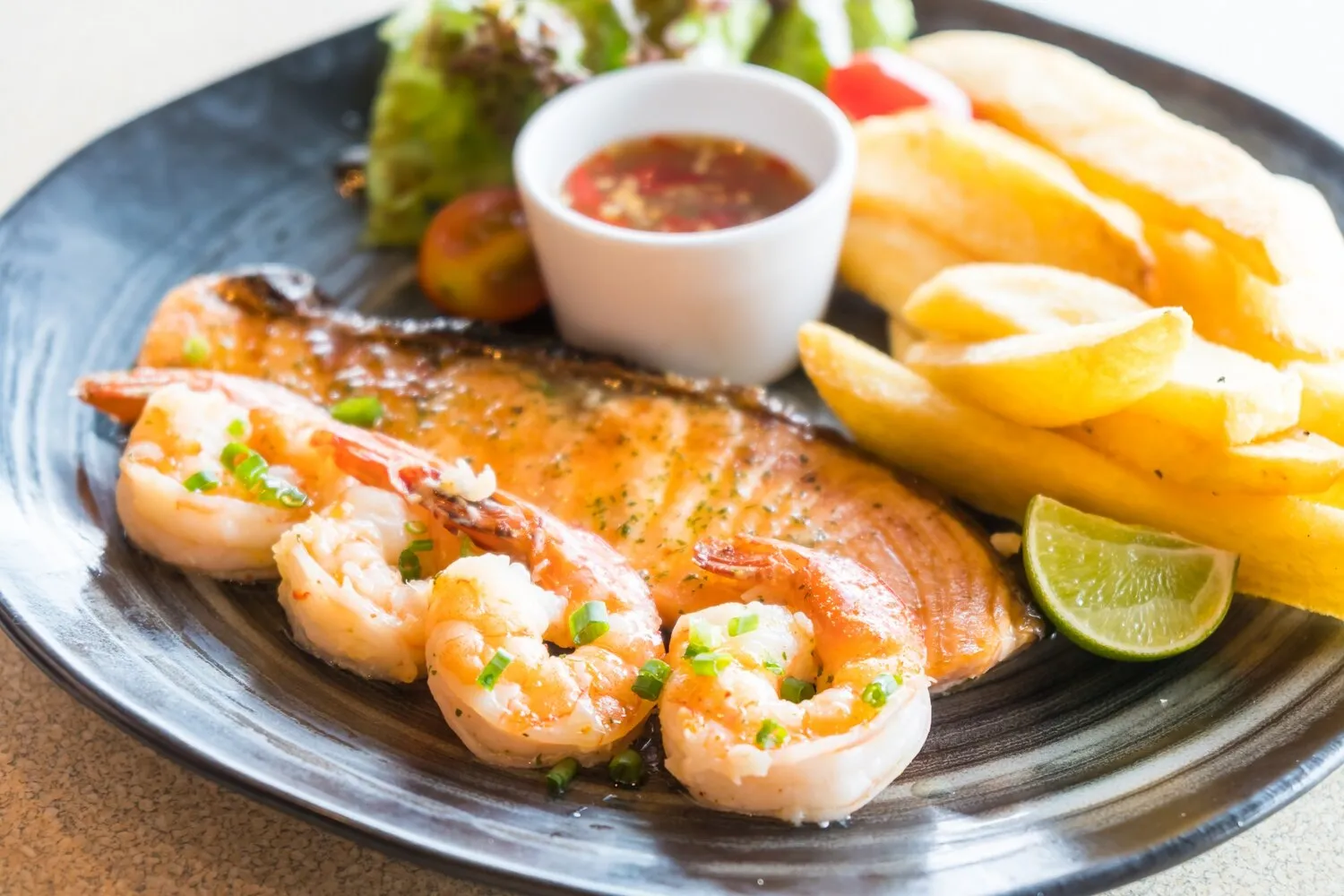
Japanese Cuisine
Other examples of Japanese cuisine include dishes cooked with beef, chicken or fish.
Nutrition Facts
* The % Daily Value (DV) tells you how much a nutrient in a serving of food contributes to a daily diet. 2,000 calories a day is used for general nutrition advice.
Japanese cuisine has evolved significantly over centuries, influenced by Chinese culinary traditions initially, then developing its own unique characteristics due to its geography and culture. Isolationist policies further shaped its distinctiveness, focusing on fresh, seasonal ingredients and meticulous preparation techniques.
Japanese cuisine is deeply intertwined with Japanese culture, reflecting respect for nature, harmony, and aesthetic presentation. Meals are often seen as a communal experience, emphasizing shared dishes and mindful eating.
Seasonality (Shun)
Eating ingredients at their peak season (shun) is highly valued. This ensures optimal flavor and nutritional value, reflecting a connection to nature's cycles.
Presentation
The visual appeal of food is considered crucial. Dishes are carefully arranged, using colors and textures to create an aesthetically pleasing experience.
Table Manners
Specific table manners are observed, such as using chopsticks correctly, not sticking them upright in rice, and expressing gratitude before and after the meal.
Communal Eating
Many Japanese meals involve sharing dishes amongst diners, fostering a sense of community and connection.
Japanese cuisine emphasizes umami, a savory taste, along with balanced sweet, sour, salty, and bitter notes. Freshness of ingredients is paramount, highlighting natural flavors rather than heavy seasoning.
Common flavors include soy sauce (shoyu), dashi (a broth made from kombu seaweed and katsuobushi dried bonito flakes), mirin (sweet rice wine), miso (fermented soybean paste), ginger, wasabi, and citrus fruits like yuzu. Ingredients like rice, seafood (especially raw in sushi and sashimi), seaweed, vegetables, and meat (beef, chicken, pork) form the base of many dishes. Preparation techniques such as grilling, simmering, frying, steaming, and pickling contribute to the varied flavor profiles.
Understand Umami
Learn to recognize and appreciate the savory umami flavor, a cornerstone of Japanese cuisine. Dashi is a prime example.
Use Chopsticks Properly
Practice proper chopstick etiquette. Avoid actions like stabbing food or leaving chopsticks crossed.
Respect Ingredients
Consider the freshness and quality of ingredients. High-quality ingredients are essential for authentic flavor.
Start with Lighter Flavors
When enjoying a multi-course meal, start with lighter, more delicate flavors before moving to richer or stronger dishes.
Mindful Eating
Savor each bite and pay attention to the textures, flavors, and aromas of the food. Eating slowly and deliberately is key.
Explore additional Various dishes and restaurants
Explore VariousDiscover top dining spots and culinary experiences in Colorado Springs.
Explore Colorado SpringsLearn more about the food culture, restaurant scene, and culinary heritage of United States.
Explore United States